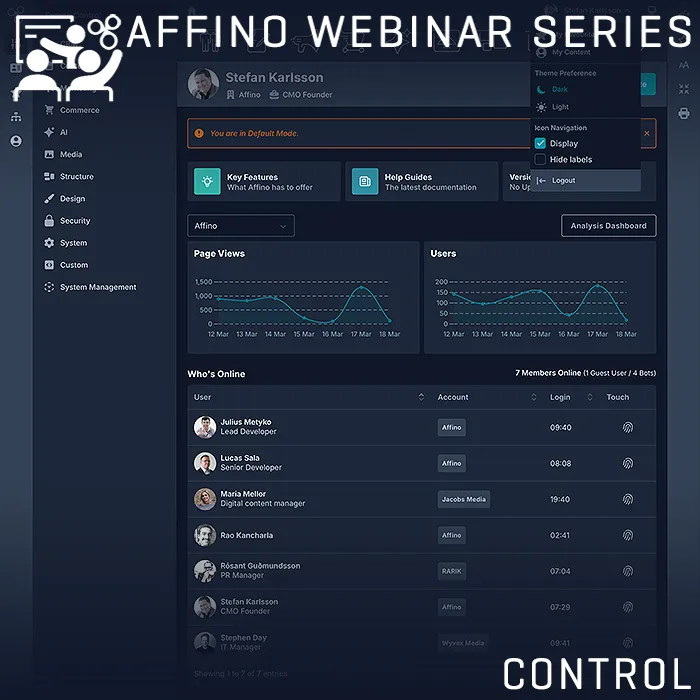Email Reputation

Email reputation is a factor that can increasingly make or break businesses, especially ones which rely on either ongoing daily, weekly and monthly emails, e.g news and membership organisations, and events organisations which have a continuous need to promote upcoming events whether they be the main annual awards or conference, or a monthly round table.
Email Whitelisting & Building up a Good Reputation
There are certain activities that can help you build up a good reputation when it comes to email. The first two are critical and come under the banner of Whitelisting, these involve setting up your SPF and DKIM records.
There are two key standards used to authenticate email sending: Sender Policy Framework (SPF) and DomainKeys Identified Mail (DKIM). Both standards are independent of each other, and for the chance of the highest reputation levels you will ultimately need to implement both. That said, most organisations only implement the SPF records, which are the absolute minimum requirement for setting up your email sending domains.
Setting up the DKIM record can be much harder for most organisations, especially if there are complex mail sending rules and associated infrastructure in place.
Over time you will accrue benefits once your email domain becomes well established for sending high quality emails, and if you avoid being reported for spam / added to the block lists. These lead to faster and more broad audience reach for your emails.
Activities to Avoid
Whilst you might find yourself added to email black lists for sending perfectly legitimate emails to users who signed up to well structured (GDPR compliant) mailing lists, you will be much more likely to be blacklisted if your behaviour upsets your audience and the broader community.
There are some key activities to avoid / minimise:
- Not having un-subscribe links on your emails.
- Keeping hard bounced users on your mailing lists
- Not removing old non-engage email addresses from your mailing lists (these users are more likely to mark your messages as spam)
- Send generic emails with no personal identifiers to your audience, e.g. no first and last names in the message content
- Avoid sending emails too often, especially on the same day (unless the user has signed up for specific news alerts)
- Minimise the use of purchased / third party mailing lists. Increasingly these are going to contravene GDPR and ePrivacy, but more importantly users on bought lists are far more likely to report you for spam.
Email Blacklisting (Blocklisting)
If an organisation (which typically means the email domain and / or the IP Addresses of the email servers being used) is black listed (also referred to as block listing), it will materially affect how its emails are derived to the community as a whole.
In the event that you are black listed by individual companies (as opposed to the main block list owners), then it can potentially be devastating to your underlying business.
In the UK if you are operating in the healthcare sector, and your email domain or email server IP Addresses are blocked by the NHS, then that can mean that you no longer have access to the majority of your audience.
Once black listed, the effects are not always simply the straightforward blocking of email, you might also find that it is taking a great deal longer to get emails through to your audience for those who are still receiving their messages.
In many cases you will have no clear idea that your emails are not getting through as intended, as they may not always be bounced, and are instead simply disappearing in the ether. You will however notice the reduced open and click rates.
It is essential that you focus on building up your email reputation, and avoid being blacklisted at all costs.
If you have been blacklisted, then you will need to a) identify and rectify the behaviour you were blacklisted for, and then communicate with the list owner to ask for a review and removal from the list, or b) if you feel the blacklisting is not justified / malicious behaviour from and individual or company against you, then you need to communicate that directly as well.
Even when you have been successfully removed from the block list(s) you might find that it takes some time for your email delivery percentages and speed to rise, as it can take some time for the global email servers to refresh their block lists. Patience and building in a regular review process here is essential to minimise any disruption.
Email Black List Organisations
One of the issues with being blacklisted is that there are a multitude of organisations which run email block lists.
It is possible to check on most of the primary ones on MXToolBox (which allows you to search multiple email blak lists), and an essential place to go is also Spamhaus which maintains one of the two or three most significant lists.
To see a good list of which email block lists are significant you can simply search for your (or any email domain) to see what lists are highlighted. Not all of these are equal, and only a small number will be referenced by most email servers. Two of the most significant ones though are Spamhaus and Spamcop.
Bounce Handling
It is essential that the email service provider you use handles email bounces in the most effective manner. Broadly speaking, there are two types of email bounces: hard and soft.
A hard bounce is one that the email provider deems the email address to no longer be valid, e.g. the person has left or there is simply no way to route the email to a given email address or domain.
Soft bounces are far more varied and can range from a person’s email inbox being full, their DNS setup not correctly configured, to their email server being down for maintenance for a few hours.
Typically hard bounce email addresses are removed from mailing lists whilst ones registered as soft bounces are not. Over time the email service provider will update their guidance to turn a longterm soft bounce into a hard bounce, at which point the email address should be suspended from being sent to.
At Affino we use Amazon’s AWS based Simple Email Service (SES) for sending all our emails. We also use it for the automated bounce reporting, and any email address which log as a hard bounce (Permanent in AWS terminology) is suspended immediately and no longer sent any emails. It is possible to set up triggers in Affino to be notified of the users who are bounced / removed.
What we don’t do is remove the emails which are soft bounced (or Transient in AWS terminology). We also recommend against manually removing them until they are determined as hard bounced, as you might un-necessarily be reducing the size of your mailing lists.
Email Audience Reach Auditing
There are a number of organisations which will audit your email audience reach, including the Audit Bureau of Circulation (ABC) in the UK.
Affino can display 12 months of mailing list email send history, as well as export the full details of all the mailing lists, along with access to the most recent email bounce history (under Email Notifications in the Analysis Centre).
Given that Affino automatically suspends any contacts with hard bounced emails, you can be fairly certain that those members active on the mailing lists (i.e. who have been sent messages in the past few months) will have valid and active email addresses. Conversely, if a person has not been sent an email in give 12 month period then there is no way of knowing if that is a valid email address or not, and it is unlikely to be counted by any auditor.
Email and GDPR
An evolving area around email sending is GDPR compliance. Much (most) email is being sent under either non-GDPR compliancy, or through a legitimate interest interpretation on behalf of the people whom are being emailed.
It is fair to say that the majority of all emails being sent have a somewhat loose interpretation around legitimate interest. In practice, that currently (as of February 2019) seems to be good enough given the lack of legal cases involving such an interpretation, however this is all being tightened up considerably by the pending EU eprivacy legislation (also known as eprivacy 2).
You will want to keep an eye on this aspect, as in practice whilst GDPR is completely separate from being black listed, it is a leading driver for why user get emotional about receiving emails from you, and in turn for them to report you to a black list.
Email Best Practice Checklist
Here’s a useful checklist for minimising the chance of being black listed:
- Send email through reputable organisations, which have well established email handling policies.
- Set up your SPF records appropriately
- Set up your DKIM records appropriately
- Do not send emails to non-engaged users
- Ensure that you have full bounce handling enabled, and do not add back in email addresses which have previously hard bounced
- Ensure that your mailing lists have clear guidelines as to the content and frequency they’re going to be sent at.
- Send emails according to your published schedule
- Make sure that you have one-click un-subscribe links on all emails sent out
- Do not arbitrarily create new mailing lists which include users who have already unsubscribed from existing lists
- Do not hide mailing lists, i.e. have dozen’s of mailing lists whilst hiding most of them, so that a user is not aware that they’re still signed up to a host of hidden lists
- If you’re in the EU or handling EU citizen data then ensure you’re GDPR and eprivacy compliant
- Have daily and weekly send limits so you don’t send too many messages to any individual in a given timeframe
- Send relevant, targeted, high quality content
- Do not re-sell your mailing list to third parties
- Regular checks with the email black lists to identify and resolve any issues
If you have any specific questions or feel that there are aspects which need further guidance then please get in touch or post in the comments below.
Related
How can SPF and DKIM improve email reputation?What strategies help maintain a clean mailing list?How does email blacklisting impact business communication?What are effective methods for handling email bounces?How can GDPR compliance enhance email engagement rates?
Did you find this content useful?
Thank you for your input
Thank you for your feedback
Upcoming and Former Events
Webinar - Introducing Affino's Fourth Generation AI Services
Webinar - Enhanced Affino Commerce & Subscription Capabilities
Webinar - All About the New Affino Control Centre
Affino Innovation Briefing 2024
Meetings:
Google Meet and Zoom
Venue:
Soho House, Soho Works +
Registered Office:
55 Bathurst Mews
London, UK
W2 2SB
© Affino 2025
























